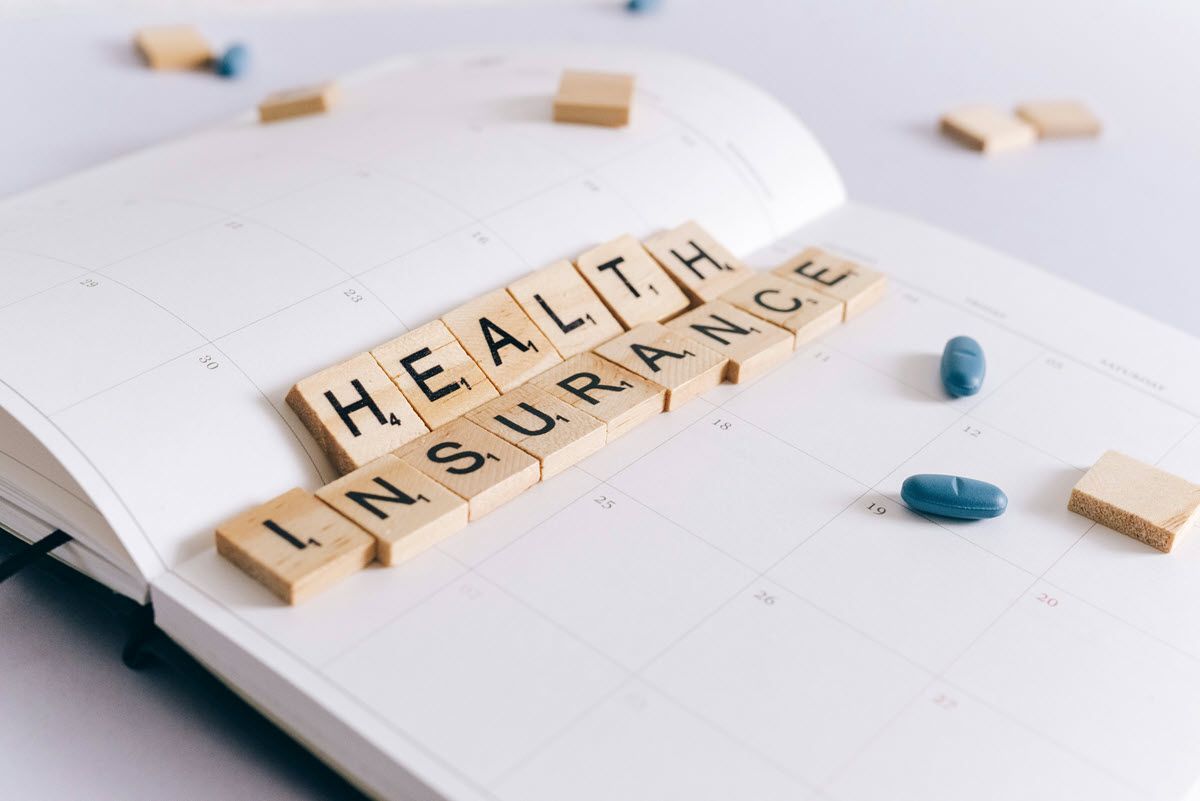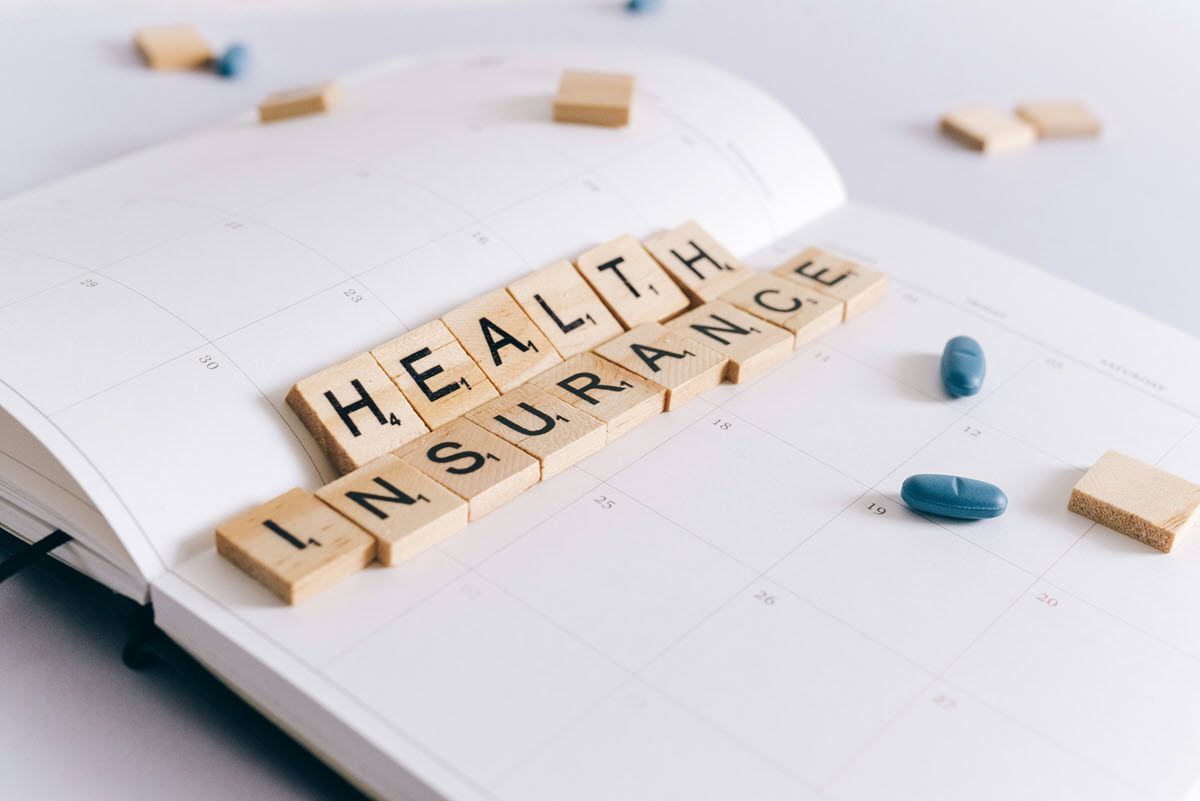Kill Your Headache with No Pills

You felt it coming on all day, and by dinner time the headache was pounding like a steam train digging a valley through your skull.
While your first instinct might be to reach for a bottle of aspirin or ibuprofen, there are other methods that you can use that don't involve ingesting pills.
Some headaches are migraines, and others are commonly caused by tension, dehydration or neck pain (mostly in the trapezius muscles, the ones that link your neck to your back and shoulders).
Pills can have side effects, result in rebound headaches (headaches brought on by taking too much medication), and addiction (like opioids or narcotics).
Some headache medication also has limited use for pregnant women and children.
Want to skip the pills but banish the headache? Try these alternative methods
Water
A good portion of headaches are caused by dehydration, which is exacerbated when people drink too many caffeine drinks like coffee, energy drinks and soda pop.
Solution: Drink a tall glass of water as soon as your head starts to hurt, and try to continue drinking small sips throughout the day. You may gradually feel the pain start to ease.
Rest in a quiet place
Find a quiet, dark place to take a break. Lie down for at least 30 minutes.
- Shut the blinds, turn off the lights, and focus on your breathing.
- Request absolute peace and quiet, so you're not interrupted.
- Make sure your bed or couch is comfortable and that your head is supported.
- Reduce the lighting, or use a sleeping mask to block the light.
- Adjust the room temperature to a setting comfortable to you when you sleep.
Cool compress
Placing a cool or cold wet washcloth over your forehead can help the blood vessels constrict, which will reduce inflammation and may ease your headache pain. This works particularly well if the problem is concentrated in your temples or sinuses. Refresh the washcloth with more cold water as soon as it starts to feel uncomfortably warm.
An alternative would be to put a wet washcloth in a resealable plastic sandwich bag, and place the bag in the freezer for 30 minutes. Remove it and place on your forehead for a long-lasting compress.
Hands-on approach
Massage, chiropractic, physical therapy, and the application of hot and cold compresses are alternative medical treatments used to relieve chronic headaches.
Although these therapies are difficult to study in clinical trials, they have been effective for some patients. Massage therapy may be particularly helpful for relieving stress and muscle tension-related headaches.









